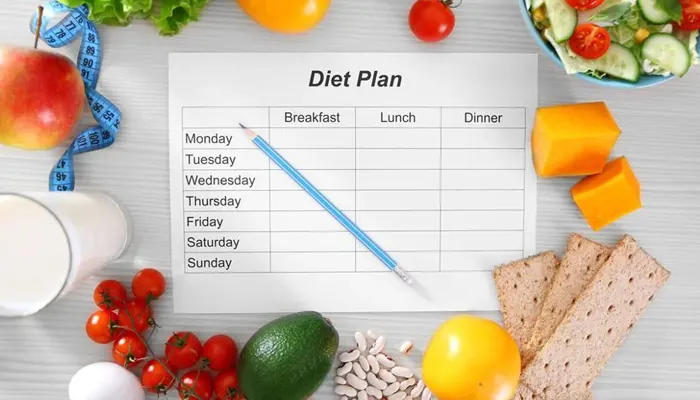Unlocking the Power of Intermittent Fasting: Diverse Approaches for Optimal Health
- Admin
- 1 year ago
- 3 minutes read

Here are some ways you could try intermittent fasting
Exploring various diets helps use discover various approaches available to achieve optimal health and well-being. Finding the right one requires research and understanding what is best for your body's needs, from nutrition to fitness. One popular health trend to explore is intermittent fasting. Intermittent fasting involves alternating between eating and fasting, where individuals either fully or partially avoid food. This approach includes different fasting schedules with varying fast days and allowed calorie intake. Research suggests potential benefits like weight loss, enhanced health, and increased lifespan. Unlike random eating patterns, intermittent fasting follows a set schedule. Explore different variations in your health routine to find the one that suits your goals best.
Fast for 12 hours a day
For those new to intermittent fasting, a suitable choice may be a 12-hour fasting plan. This involves committing to a daily 12-hour fasting window. Researchers suggest that fasting for 10–16 hours prompt the body to convert fat stores into energy, releasing ketones and potentially promoting weight loss. The majority of fasting occurs during sleep, allowing individuals to maintain a consistent daily calorie intake. The simplest way to try the 12-hour fast is to include the sleep period within the fasting window.
Fasting for 16 hours
A daily 16-hour fasting period allows for an 8-hour eating window. This variation of intermittent fasting could be beneficial for individuals who have previously attempted the 12-hour fast without noticeable results. In this approach, individuals typically end their evening meal by 8 p.m. and then abstain from eating until noon the following day, effectively skipping breakfast.
Fasting for two days a week
This fasting method involves eating regular, healthy meals for five days and reducing calorie intake. On the two fasting days, men usually consume 600 calories, while women consume 500 calories. Typically, individuals schedule their fasting days throughout the week. A study discovered that restricting calories twice weekly, compared to continuous calorie restriction, resulted in similar weight loss. Additionally, participants experienced improved insulin sensitivity on this diet.
Alternate day fasting
There are various forms of the alternate day fasting. Individuals on this fasting method fast every other day. Some commit to avoiding solid foods on fasting days, while others choose to consume up to 500 calories. On feeding days, individuals often have the freedom to eat without restrictions. This method represents an intense version of intermittent fasting and may not be advisable for beginners or individuals with specific medical conditions.
A weekly 24-hour fast
Choosing to complete one or two-day fast involves avoiding food for a continuous 24-hour period. This can involve fasting from breakfast to breakfast or lunch to lunch. During the fasting window, individuals are allowed to consume water, tea, and other beverages that are calorie-free. On non-fasting days, individuals should follow their regular eating patterns. This approach reduces overall calorie intake without restricting specific food choices. Although a 24-hour fast can be challenging, potentially leading to exhaustion and headaches, these effects tend to reduce over time as the body gets used to the new eating pattern. It is best to try a 12-hour or 16-hour fast before attempting a 24-hour fast. This will help your body get used to fasting for long hours.
As with any diet, it is best to seek expert advice before giving it a try to understand what is best for your body and health.












